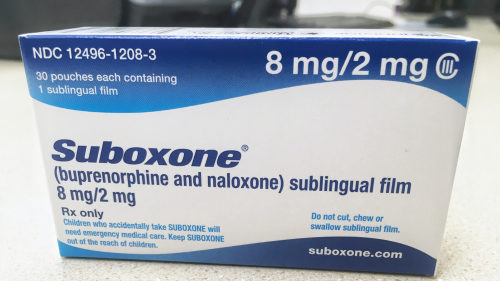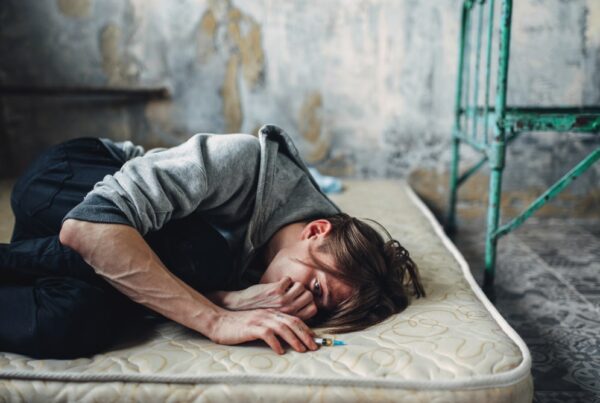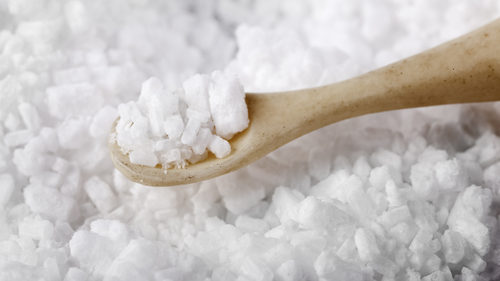Suboxone is an FDA approved medication that is specifically designed to treat individuals struggling with opiate dependence. It contains both buprenorphine and naloxone. When used properly and under the direct supervision of a medical professional Suboxone can be extremely helpful to an individual’s recovery process. It is, however, important to note that by being a partial opioid agonist, Suboxone does inherently have addictive qualities. When abused, or even taken as directed for a prolonged period of time quitting Suboxone cold turkey can produce similar withdrawal effects to other opioids. The withdrawal process from Suboxone can last for as long as a month, and in some cases longer. Withdrawal symptoms that manifest will vary in duration and severity from person to person as they will depend on the personal health history of the individual, how long he or she had been taking Suboxone, and the dosage of the medication taken.
Timeline
Every person is different and will physically rebound from withdrawing from Suboxone at varied rates. Most of the physical withdrawal symptoms typically dissipate within a month, however psychological withdrawal symptoms can take longer to subside. The Suboxone withdrawal timeline is often divided into the following time periods:
- Days 1-3 after last dose: This is the most physically intense part of withdrawal, as the physical withdrawal symptoms usually begin between six to twelve hours after Suboxone has completely left one’s body. Common physical withdrawal symptoms can include stomach cramps, nausea, diarrhea, sweating, muscle aches, runny nose, fatigue, increased heart rate, elevated blood pressure, and more.
- Days 4-7 after last dose: This is when certain psychological withdrawal symptoms, such as severe anxiety, depression, and/ or restlessness may begin to manifest.
- Days 7-14 after last dose: The physical withdrawal symptoms become more manageable, though some symptoms may persist (e.g. muscle aches and pains, insomnia, anxiety, drug cravings, etc.) and depression may set in or worsen during this time period.
- Days 14-28 after last dose: The physical withdrawal symptoms have likely improved greatly, and/ or become fully resolved during this time. It is also the most common time for individuals to relapse, as Suboxone cravings may be at their strongest.
- Day 30 and beyond after last dose: Suboxone cravings can last for months, and in some cases year, after stopping the medication. Psychological symptoms such as anxiety, depression, and insomnia can also last beyond the first month.
The withdrawal process can be lengthy and will require steadfast commitment. Although at times it may seem that lingering withdrawal symptoms may never subside, bear in mind that in time, most, if not all of the withdrawal symptom will eventually resolve.
For Information and Support
If you are concerned for yourself or a loved one in regards to substance abuse and/ or addiction we recommend reaching out for help as soon as possible. If left untreated, substance abuse can result in long lasting and potentially life-threatening consequences. Keep in mind: you are not alone! There is an entire network of professionals that are available to help and support you and your loved one throughout the recovery process. The earlier you seek support, the sooner your loved one can return to a happy, healthy, and fulfilling life.
Please do not hesitate to reach out with any questions regarding our specific program at Haven House Addiction Treatment and/ or general substance abuse and/ or addiction treatment related information. Our highly trained staff is readily available to discuss how we might best be able to help you and your loved one. We can be reached by phone at 424-258-6792. You are also welcome to contact anytime us via email at admissions@hhtxc.com.



